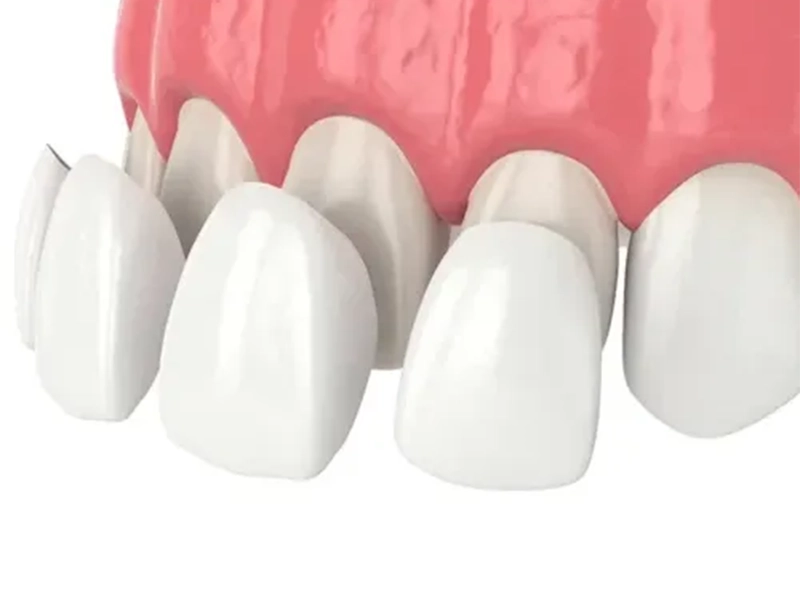
Straight teeth can improve your oral health
People want straighter teeth for a number of reasons, including improving one’s cosmetic appearance and smile-confidence. But did you know that straighter teeth can improve your oral health?
The health benefits of straight teeth
Recent research shows that people who have straighter teeth and a properly aligned bite have better oral health, and a lower risk of periodontal disease (or gum disease) than those with crooked or crowded teeth. One major benefit of having straighter teeth is easier cleaning, which can reduce the risk of tooth decay, gum disease, loss of teeth and jaw issues. A properly aligned bite prevents uneven and excess wear to tooth enamel. You’re also going to be able to chew your food more effectively for better digestion, nutritional intake and better overall health.
Orthodontics – dental treatment to straighten teeth
The area of dentistry that specialises in correcting crooked or crowded teeth and overbites is called orthodontics or orthodontic treatment. And a dentist that provides orthodontic treatment is called an orthodontist. At Leeming Dental, Dr. Sonny Lee and Dr. Sashika Fernando are our resident orthodontists!
Orthodontic treatments – how to get straight teeth
Modern Orthodontics offers many kinds of braces for children, teens & adults, including:
- Traditional braces/Metal braces – Getting metal braces is the traditional way to straighten teeth. They are quick and efficient, and utilise metal brackets and wire to reposition your teeth.
- Ceramic braces /White braces – Ceramic braces utilise brackets and wires that are made of tooth-coloured or clear ceramics.
- Invisible aligners – Invisalign consists of an 18 to 30 step treatment plan that utilises clear mouthguard-like aligners that are replaced fortnightly.
- Lingual braces – Lingual braces are similar to metal braces, except they are attached to & pull in from the inside surfaces of the teeth.
Maintain your straighter teeth with RETAINERS
After your orthodontic treatment, it takes time for your teeth to learn their new positions, and to seat properly. Trouble is, they may start to drift back to their original positions, and get crooked or crowded again. That’s where retainers come in. Removable or fixed retainers help keep your teeth in their new positions after orthodontic treatment. Retainers are the best way to protect your investment in your teeth, and are typically worn 1 or 2 nights a week but everyone is different. You just need to follow your Leeming Dental orthodontist’s recommendation to ensure that your teeth stay straight and healthy for life!











